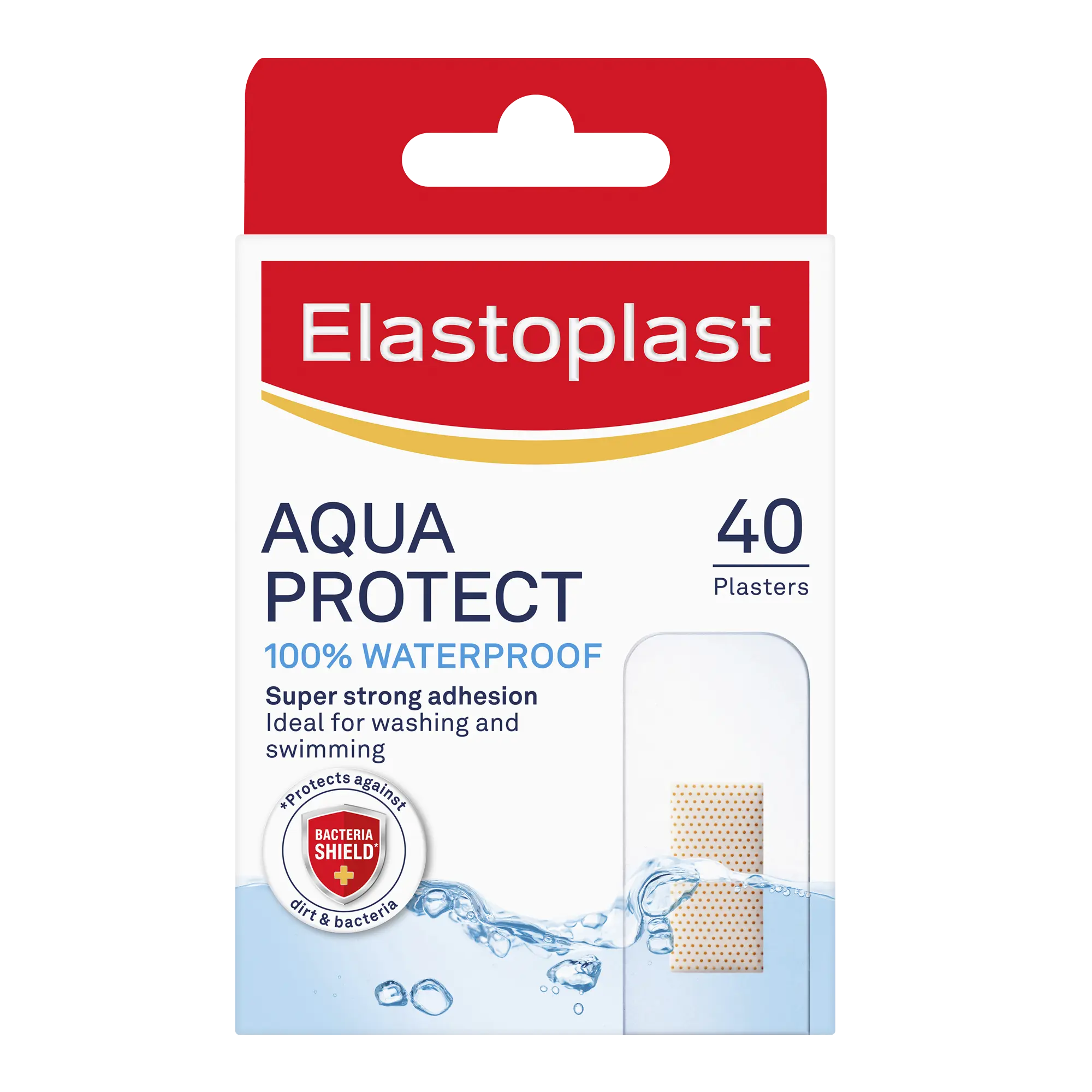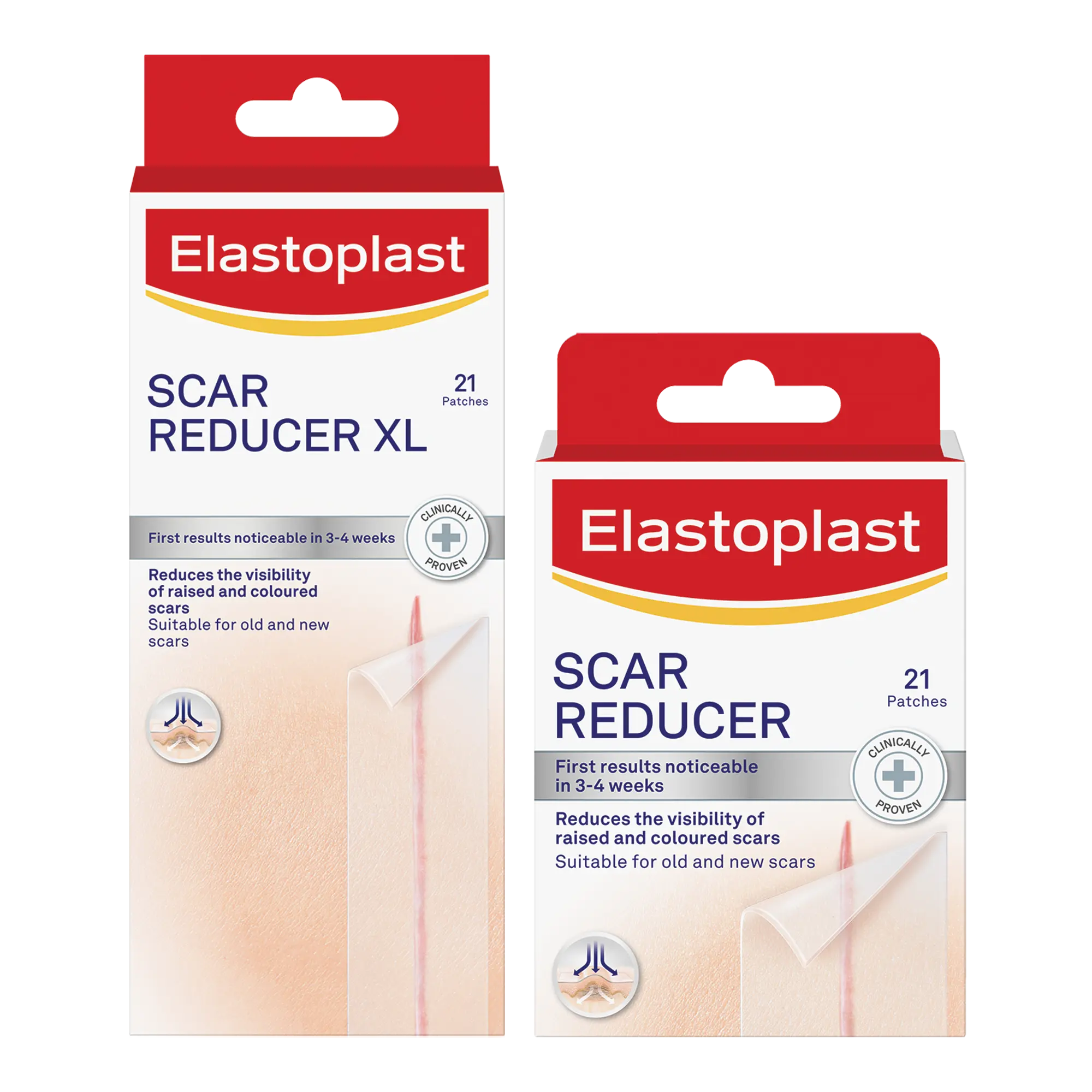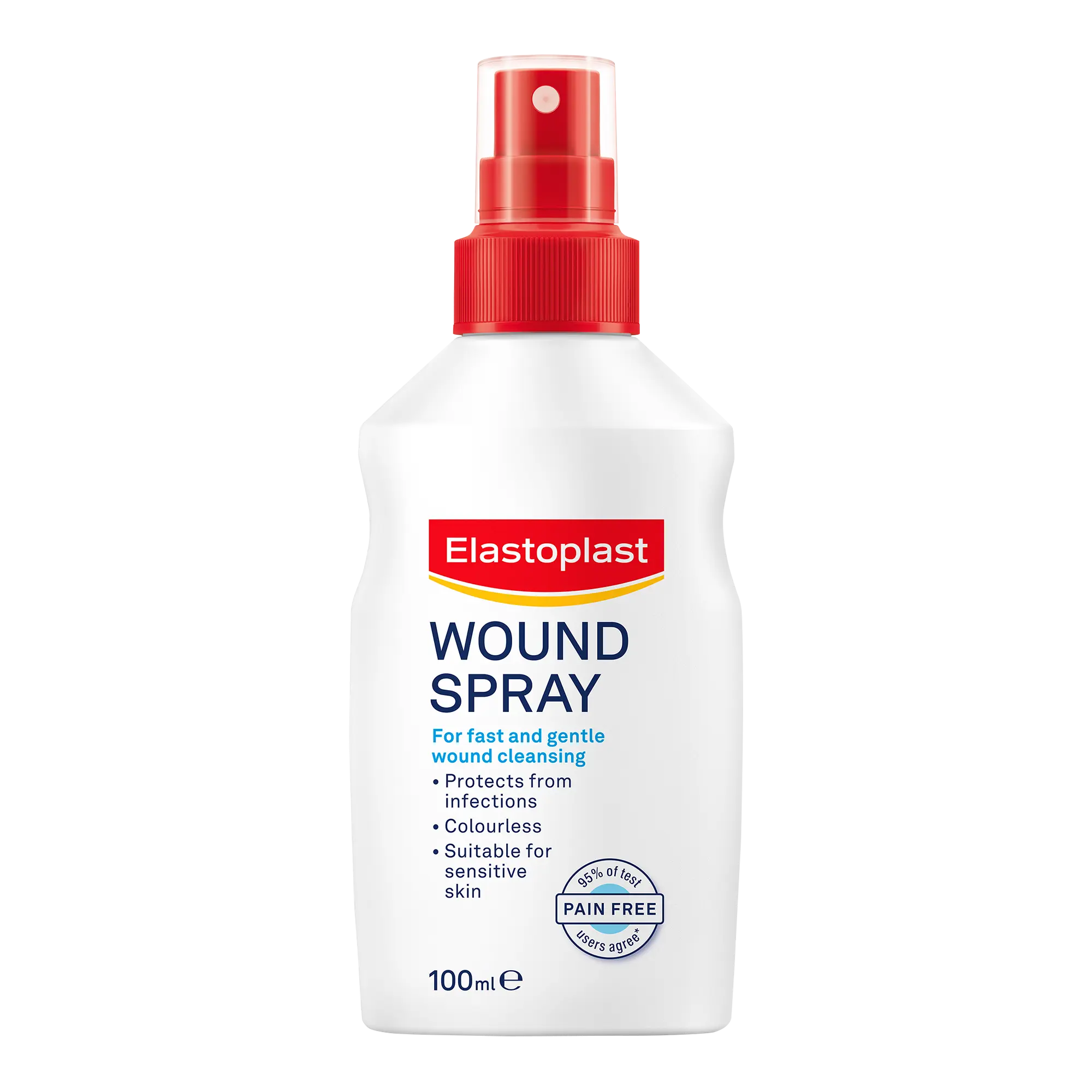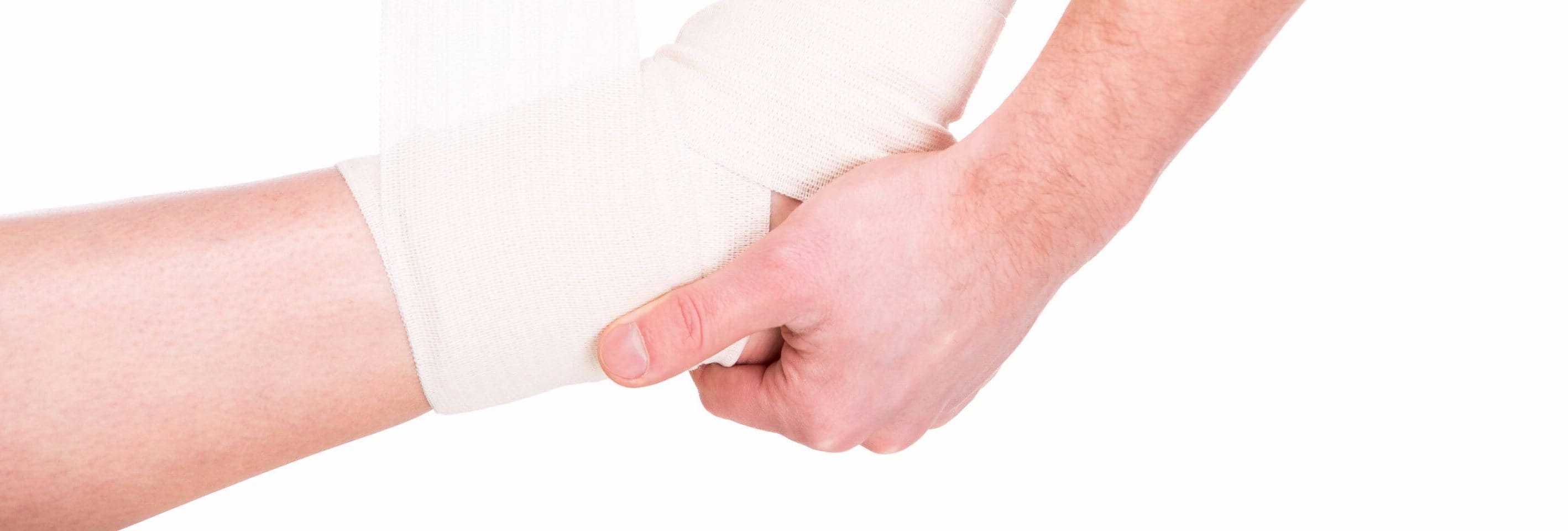Role of external support in the prevention of ankle sprains (Summarized version)
James G. Garrick and Ralph K. Requa
Division of Sports medicine, University of Washington School of Medicine
The practice of prophylactic ankle taping is almost traditional in many athletic endeavours. Published research dealing with this practice has dealt with comparisons of taping and strapping techniques, changes in athletic performance resulting from strapping and taping and the effectiveness of taping on the limitation of physiologic ranges of motion. The authors have been unable to find any published studies relating the incidence of ankle and knee sprains to the practice of prophylactic taping / strapping. This study is an attempt at defining this relationship.
The theoretical aim of prophylactic ankle taping is to support externally a ligamentous structure without limiting normal range of motion or function. This support of ligaments need be present only when the physiologic or normal ranges of motion have been exceeded. In a pragmatic sense, taping is accomplished in such a way as to provide increasing support or restriction as the extremes of normal range of motion are approached, hopefully providing maximal restriction (support) at a point just prior to rupture of the ligaments fibres.
The study has been carried out at the University of Washington. Intramural basketball players have been utilized as subjects to quantify the efficiency of the prophylactic strapping / taping in the prevention of sport injury. During two years the level of ankle and knee sprains has been observed during matches confronting a team of random players with taped ankles and a team of random players with no prophylactic strapping / taping, wearing high- or low topped shoes.
The average frequency of ankle sprains in this study is about 22 ankle sprains per 1000 player games. However, rates differed substantially with regards to the type of external support utilized (shoe and taping). If one assumes that higher rates of injury may be the result of a lesser degree of protective influence (e.g. shoe height and prophylactic taping) then one is able to rank the efficacy of these influences.
The combination of circumstances studied theoretically offering the most external support to the ankle would be prophylactic taping plus a high-topped shoe. This group exhibited the lowest incidence of ankle sprains (6.5 ankle sprains per 1000 player games). The opposite end of the spectrum of external support (e.g. low topped-shoes, untaped group) exhibited a frequency of ankle sprains of 33.4 per 10000 – greater than 5 times the rate of the former group. Further examination reveals that the high-topped untapped group exhibit a relatively high level of injury 30.4 per 1000 player games) and the low-topped taped group a level of injury that is almost half of the low-topped untapped group (17.6 per 1000 player games). Thus ranked by degree of protective influence from most to least the combination would be as follow:
- High-top / taped rate 6.5/1000
- Low-top / taped rate 17.6/1000
- High-top / untapped rate 30.4/1000
- Low –top / untapped rate 33.4/1000
The relatively low levels of injury among the taped groups prove the particular efficiency of prophylactic strapping / taping in the prevention of sport injury.
A history of the presence of previous ankle sprains also appeared to influence the likelihood of sustaining a similar injury during the study. For the players wearing high- or low-top shoes, prophylactic taping reduced the likelihood of reinjury by about two thirds. The utilization of prophylactic ankle taping, in addition to decreasing the likelihood of reinjury, may well also offer some protective influence to the previously uninjured participants.
Find out how to strap an ankle with our basic taping method guide.



